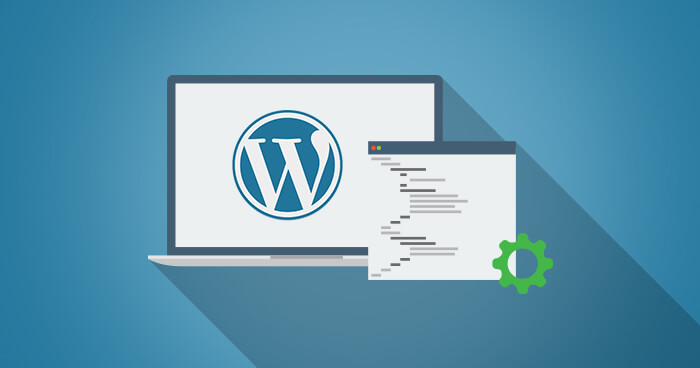WordPress, a leading content management system, powers a significant portion of websites across the internet. To ensure your WordPress website is accessible and performs optimally, proper DNS (Domain Name System) configuration is essential. This blog post will guide you through the process of configuring DNS settings for your WordPress site.
Understanding DNS
DNS is the internet’s phone book, translating domain names (like example.com) into IP addresses that computers use to connect to each other. When someone types your website’s URL into their browser, DNS servers direct them to the server where your website is hosted.
Step 1: Registering Your Domain Name
Before configuring DNS, you need a domain name. Choose a registrar (like GoDaddy, Namecheap, etc.) and register your desired domain. This domain will be your website’s address on the internet.
Step 2: Setting Up Your Hosting
Select a hosting provider for your WordPress site. Many hosts offer WordPress-specific hosting plans that are optimized for the best performance. Once you’ve chosen your host, you’ll receive details of their DNS servers (usually two or more addresses).
Step 3: Updating DNS Records
Log in to your domain registrar’s dashboard. Find the DNS settings or Domain Management area. Here, you’ll update the DNS records to point to your hosting provider’s servers. The primary records you’ll work with are:
- A Record: Points your domain to an IP address of a hosting server.
- CNAME Record: Allows you to set aliases for your domain. For example, www.example.com can point to example.com.
Update these records with the information provided by your hosting company. The changes can take up to 48 hours to propagate globally.
Step 4: Configuring Email (Optional)
If you have email services through your domain, you’ll need to configure MX records. These records direct your domain’s email traffic to the appropriate email servers. Your email provider will supply these records.
Step 5: Adding Subdomains (Optional)
For creating subdomains (like blog.example.com), add a CNAME record for each subdomain and point it to the appropriate directory on your hosting server.
Step 6: Verifying Your Configuration
After updating DNS records, use tools like DNS Checker to verify that your records are propagating correctly. It’s also a good time to check your website’s loading time and performance.
Conclusion
Proper DNS configuration is crucial for the accessibility and performance of your WordPress website. By following these steps, you can ensure that your site is set up for success. Remember, DNS changes can take some time to propagate, so be patient and verify changes after a couple of days.
